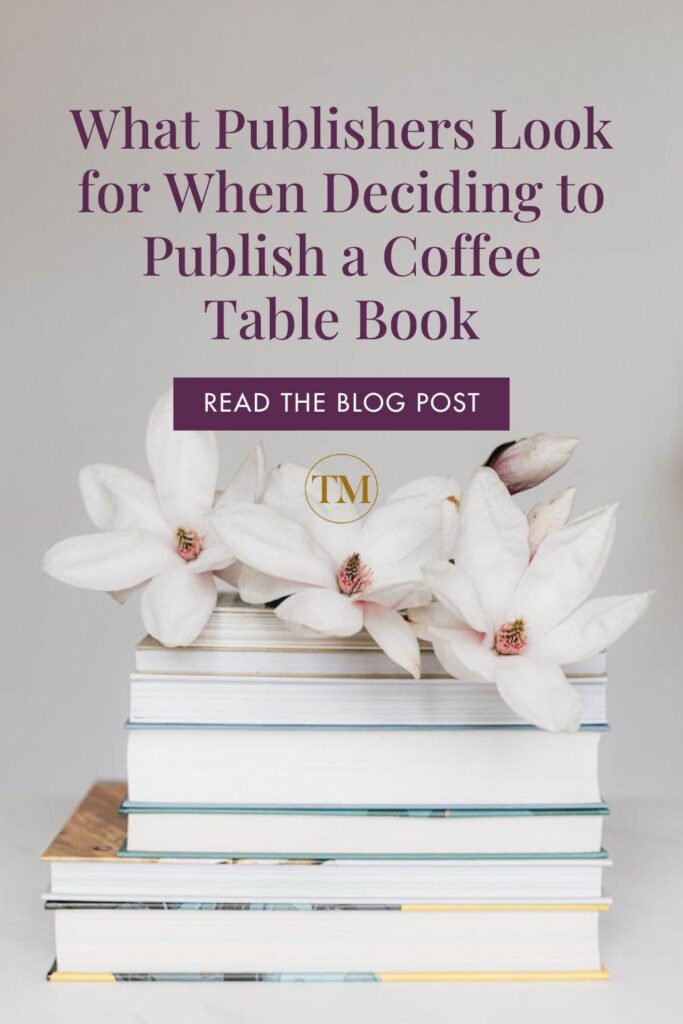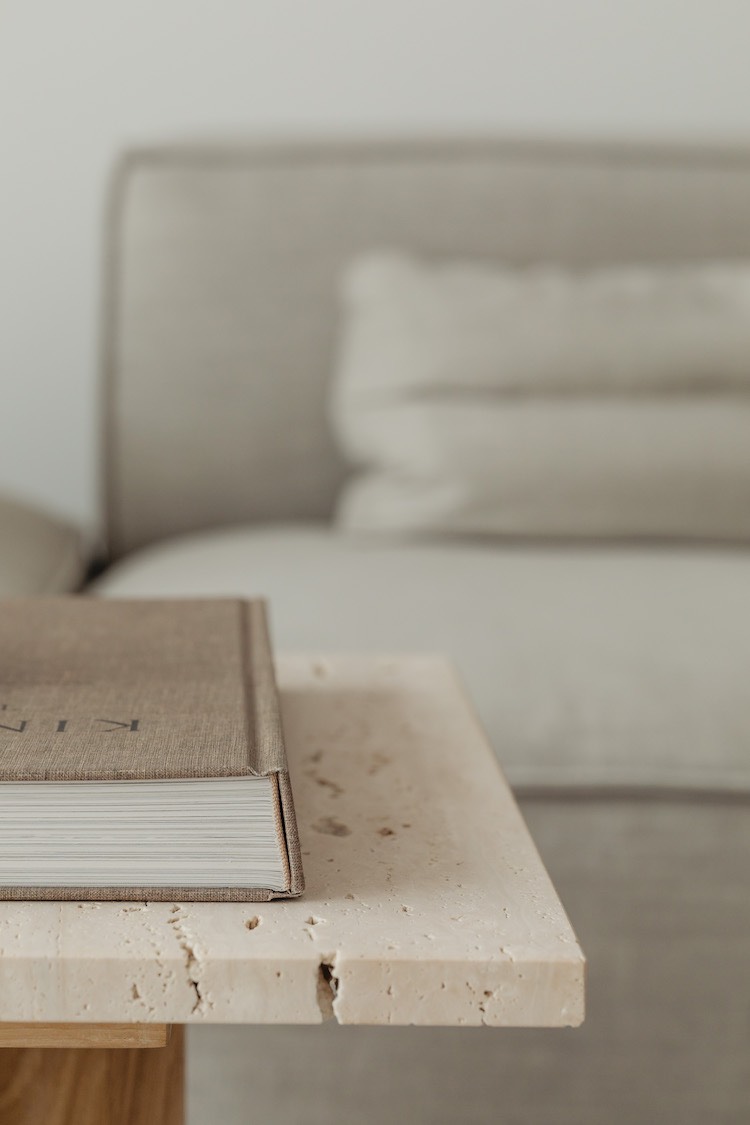Want to know what publishers look for when deciding to publish a coffee table book?
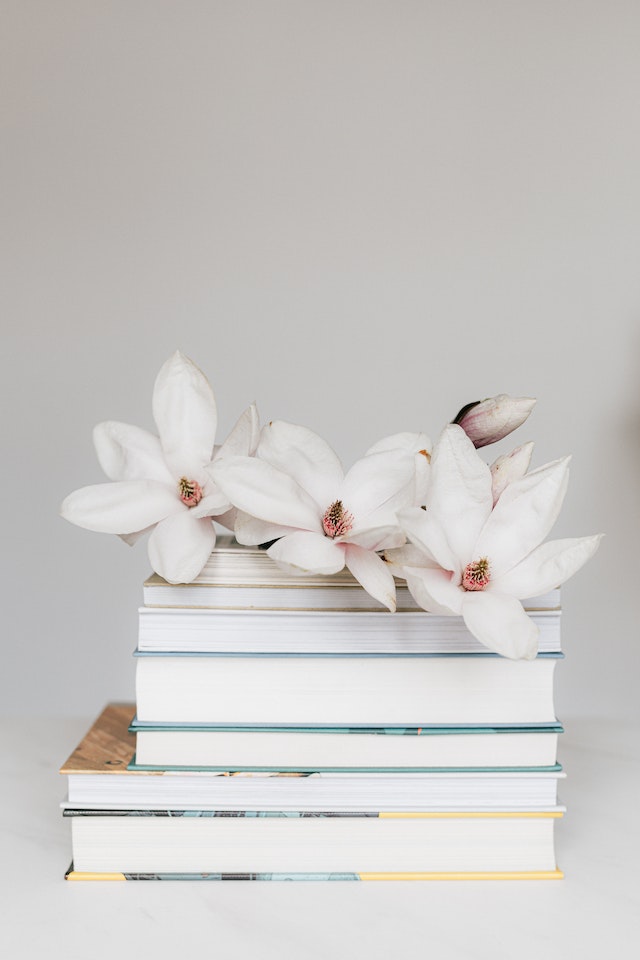
If you’re interested in publishing a coffee table book, you can publish it yourself or submit a proposal to a publishing house to secure a publishing deal. If a deal is what you’re after it is essential you understand what publishers look for in a book proposal. Publishers receive countless submissions every day, so they are selective about the coffee table books they decide to publish. Therefore to increase your chances of getting a deal your proposal needs to stand out and grab their attention, within a few seconds.
There are are number of do’s and don’ts when it comes to what publishers look for in a book proposal. Starting with the don’ts, the 5 quickest ways to get your proposal rejected are:
- A poorly planned proposal – typos
- A vague concept
- Lack of commercial potential
- An undefined target audience
- Being unprofessional
Instead, here are the 7 essential things you must do to meet the requirements of what publishers look for when deciding to publish a coffee table book.
1. A clear, well-planned book proposal
A proposal is a document presenting your coffee table book idea that you submit to a publisher. It is there to convince the publisher to publish your book. A publisher needs to be able to visualise what the published book would be like. Book proposals include an outline of your topic, why it is relevant, the intended audience, it’s market potential, your bio and sample content to name a few. Your proposal needs to look professional and be clear and easy to read.
2. A strong concept or theme
A concept or theme is your topic, In other words, what your coffee table book is about. Publishers are looking for well-defined concepts. Your proposal should focus on the key ideas that you want your coffee table book to convey. A summary of the contents and a chapter breakdown are ways to explain your concept. For example, “Paris in Color” by Nicole Robertson is a beautiful, colourful coffee table book that explores the colours of Paris through stunning photography. As the title hints at the book is organised by colour with each chapter showcasing a different hue, and the images are evocative, capturing the vibrancy and beauty of the city.
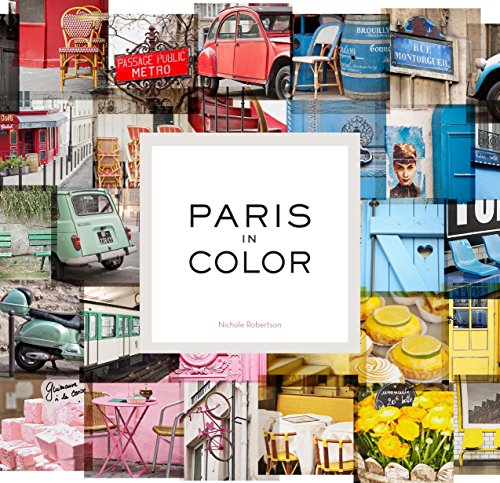
3. The book’s commercial potential
This is the market interest in your coffee table book. Publishing houses are businesses that invest time and money into editing, designing, publishing and marketing the books they publish. A publisher needs to know that there is interest and demand for the type of coffee table book you are proposing. Your proposal must show that you understand the intended audience and the relevancy of your topic. For example, “Hashtag Authentic: Finding creativity and building a community on Instagram and beyond” by Sara Tasker is a coffee table book that “shares tips, advice, and guidance on how to turn your personal Instagram account into a profitable creative outlet”. The book is both practical and good to look at making it useful for the target audience of people looking for insight on how to use Instagram to create a stylish feed and build an audience.
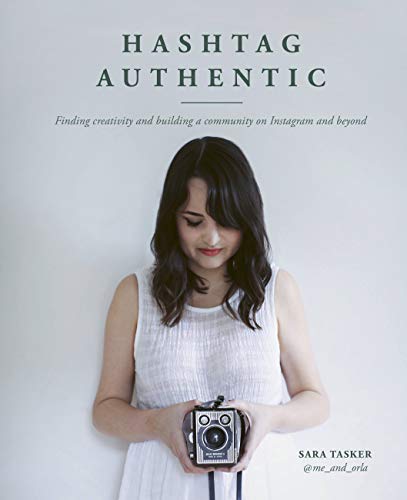
NOTE: The cultural value of a book
Whilst publishers are for-profit businesses their decision to publish a coffee table book is not always about its market potential or the author’s popularity. There are publishers who do consider the cultural value of publishing a book and the importance of doing so. Some stories need to be recorded even if the chances of the book being a commercial success are slim. So if your book is of cultural significance highlight this fact in your proposal.
4. Your credentials
When a publisher agrees to publish your coffee table book they are investing in you and your idea. So, before they decide to do so they need to know, why are you the person to write the book?. A publisher considers how knowledgeable you are about your topic and if you are an expert or authority in your field. They also want to know if you have a strong personal brand or author platform, this could be via a website, blog, podcast, social media page, or speaking engagements. A platform doesn’t necessarily mean having tens of thousands of followers, a publisher is more interested in how engaged your followers are. An example of an authority in their field is illustrator, designer and blogger, Justina Blakeney, founder of The Jungalow and author of several coffee table books including, “Jungalow: Decorate Wild: The Life and Style Guide“.
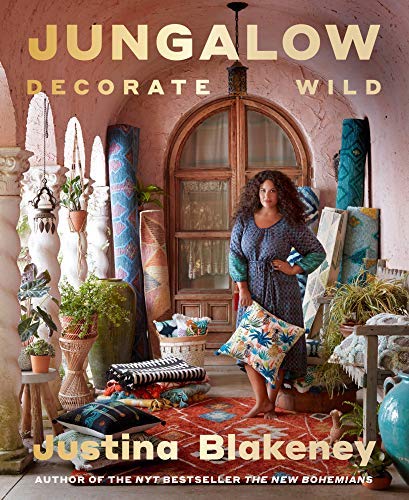
5. High-quality content and stunning visuals
High-quality content and stunning visuals are the selling point of a coffee table book. Your proposal needs to demonstrate that you have the material or have the ability to create or source the material needed to create an attractive coffee table book. Your proposal should include sample content such as a chapter introduction and a selection of sample images. The most important factor in a publisher’s decision to publish a coffee table book is the quality of the visuals. Publishers are looking for images that are visually stunning, unique, and impactful. They want coffee table books that will stand out from the crowd and appeal to a wide range of target readers. Images that are well-composed, well-lit, and original will always be a top priority for publishers when deciding to publish a coffee table book. For example, for my book “Contemporary Design Africa” I did not take my own images, but sourced the photography from the designer-maker-artists whose work I showcased. This required vetting the images to ensure they met the standard required and getting the relevant permissions to publish them.
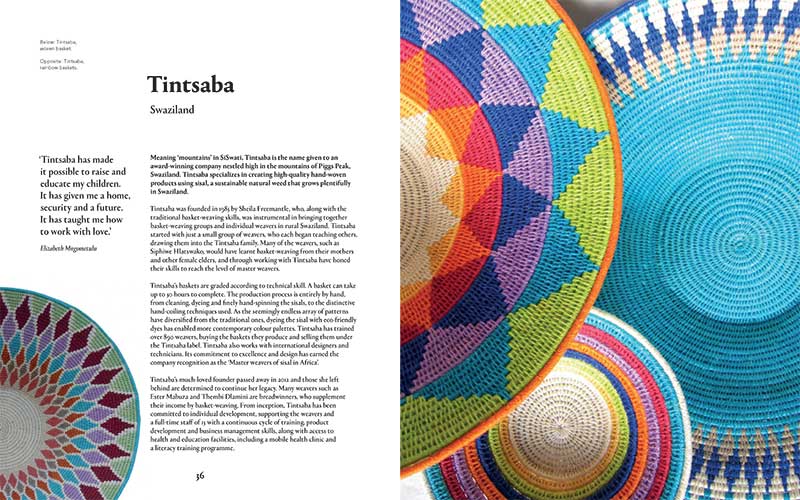
6. Commitment to high-production values
Your ability to produce a coffee table book that is well-crafted, visually appealing, and will make a lasting impression is another thing publishers look for when deciding to publish a coffee table book. so use your proposal to demonstrate ideas you have for the layout or cover, the quality of paper you have in mind or special finishes you feel would enhance your book. Do, however, be reasonable with your suggestions keeping in mind the costs involved in producing a book. For example, “Remix: Decorating with Culture, Objects, and Soul” is a coffee table book by AphroChic bloggers and designers Jeanine Hays and Bryan Mason and Lonny co-founder and photographer Patrick Cline that showcases beautiful, tastefully decorated homes. The book features a textured, patterned hard case cover that turns it into a must-touch tactile object.

7. Professionalism
Publishing your coffee table book is a collaboration between you and the publisher. Publishers take into consideration authors they can work with. You would be expected to do your part in creating a high-quality book. This includes a commitment to meeting deadlines and working with the publisher to ensure that your coffee table book is produced to the highest standards. Your proposal is probably the first time a publisher hears about you, so use it to demonstrate your professionalism, that you know what is expected of you. And, make it clear that you are willing to discuss your idea, and are open to receiving feedback and willing make the necessary changes that will improve your book. Finally, it goes without saying be courteous and polite.
Creating and submitting a book proposal is the first step to getting a publishing deal. The 7 must-dos highlighted in this post have revealed to you what publishers look for when deciding to publish a coffee table book. If you’d like to learn the exact steps you need to ensure you fulfil each one properly get a copy of How to Publish a Coffee Table Book the essential handbook that shows you exactly how.
– Tapiwa
[Image credits: The images shown in order of appearance belong to Karolina Grabowska via Pexels, Chronicle Books, White Lion Publishing, Thames & Hudson, Abrams, Potter Style. If downloaded and used elsewhere please credit accordingly.]
Pin for later
